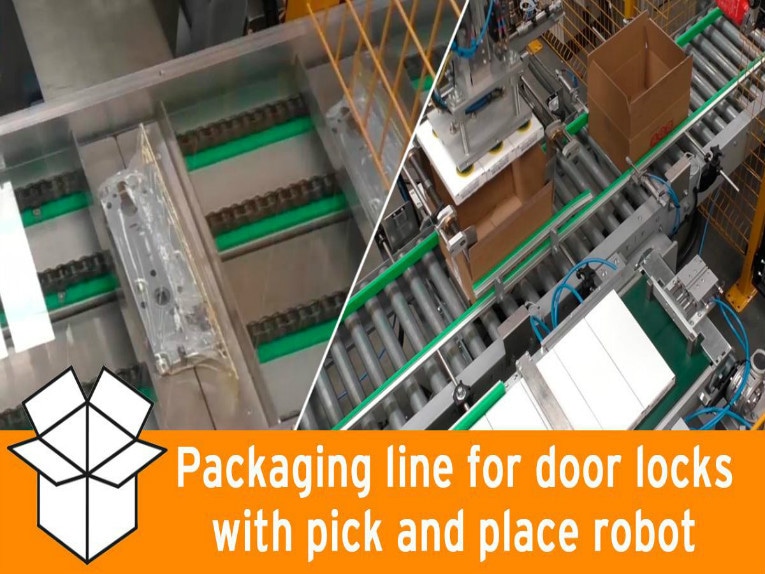Assembly, Picking and packing, Material removal, Welding, Painting.
From food processing to automotive production, industrial robots are becoming ubiquitous. Highly-automated and programmable, these machines execute repetitive tasks with high precision, reliability and throughput.Due to these features, industrial robots have become critical in many manufacturing processes.
1. Assembly
Industrial robots are suitable for all assembly lines. They decrease wait times and potential production bottlenecks. A high accuracy rate leads to a low chance of defective products. In comparison, human workers require breaks and time off, and get tired from repetitive manual tasks. Industrial robots can work continuously.
2. Picking and packing
Industrial robots can perform work that requires dexterity, consistency and flexibility, traits that many human workers do not possess. For picking and packing, robots quickly and accurately organize products in a warehouse, and deliver them to a shelf, workstation or other destination. In many situations, warehouse picking by industrial robots can complete the task much faster than humans. This keeps a warehouse operating smoothly and efficiently.
3. Material removal
Material removal includes cutting, deburring, sanding, polishing and routing. Industrial robots are perfect for these tasks due to their high precision and efficiency. It also reduces the chance for human error, which can also be costly. Operators can program and adjust robots for different cutting and material removal needs. By using robots, manufacturers improve safety by eliminating a human from the factory floor, where personnel are exposed to dangerous tools and fumes.
4. Welding
In steel production and automotive manufacturing plants, humans are tasked with doing preparatory work while robots handle the parts and perform the welding. From arc welding to resistance spot welding, robots improve welding consistency, decrease cycle times and enhance overall production efficiency. There are health and safety advantages to using robots in arc welding because humans are not exposed to dangerous fumes or run the risk of arc burns.
5. Painting
Industrial robots are used in painting because they outperform humans in term of coating application and work time. For humans, accurate painting requires a keen eye, precise brush strokes and accurate estimate of paint coverage. Ultimately it is an imprecise and time consuming task.
For robots, each coat of paint is even and the application is nearly flawless. Paint is delivered via a metering system, and applied by robotic arms or spray tooling developed to accurately coat the workpiece geometries. Small and hard-to-reach components are easily coated with paint. As with material removal robots, they are easily reprogrammed for new paint patterns or components.
Summary
Industrial robots are an important part of any factory. They improve the safety, efficiency and overall quality of a manufacturing plant, and because of this are becoming increasingly important to modern manufacturing.
Post time: Aug-03-2020








